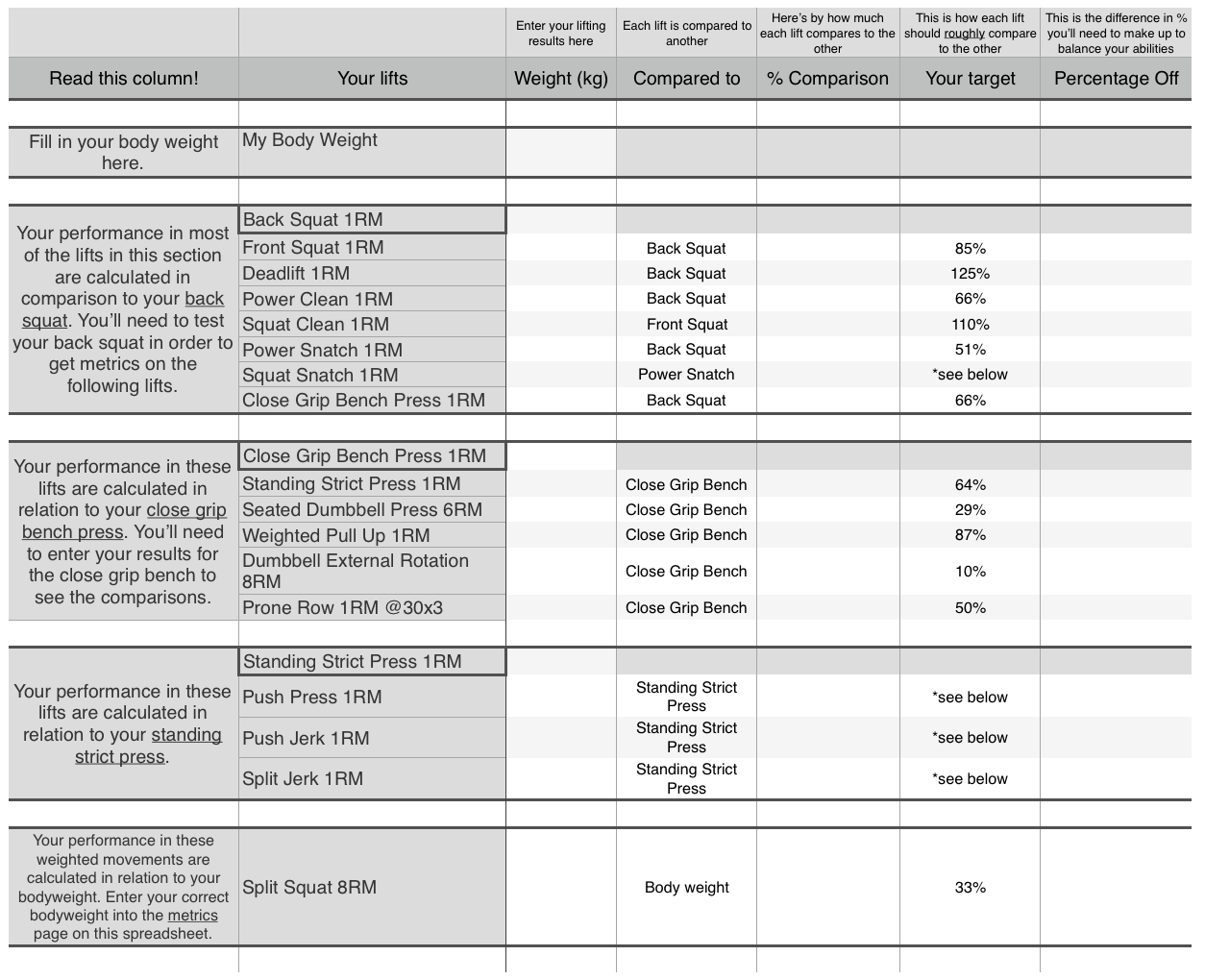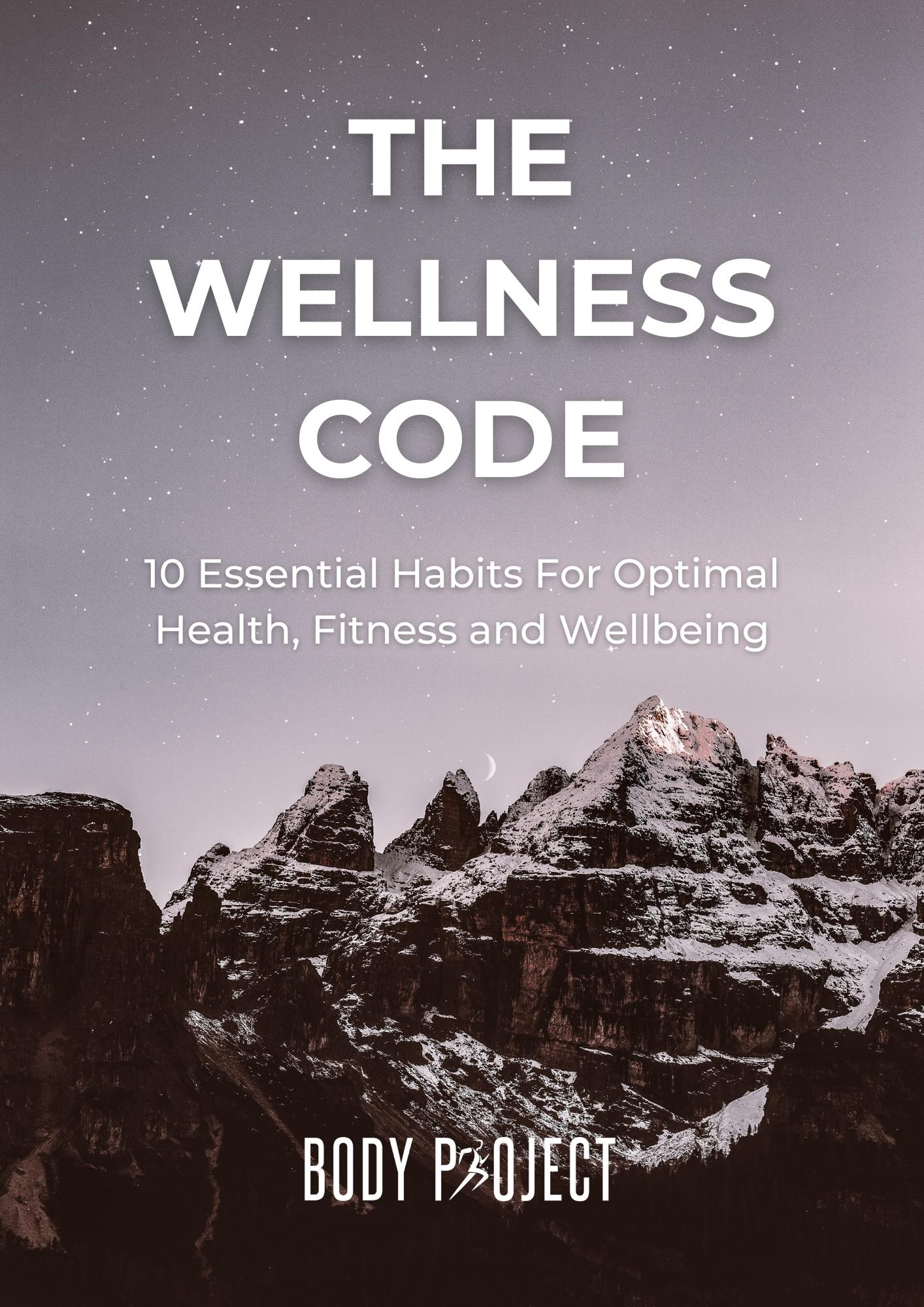Sign Up For Special Offers & Exclusive Content
The Progressive Overload Principle Explained
Progressive overload is about gradually doing more in your workouts. It's not just about lifting heavier weights, but also about doing more reps, moving faster, and more. It's a reliable method for gaining strength and building muscle.
Understanding Progressive Overload
When you put your body under stress, it adapts so it can handle that stress better next time. This is known as supercompensation. The trick is not to stress your body more than it can handle. With progressive overload, you slowly add more stress, which helps you get stronger as you adapt to higher loads, speeds, or training volumes.
Why Progressive Overload Is Important
Progressive Overload For Strength
Progressive overload is key to strength training. It's all about lifting heavier over time to boost your strength. It's also used in hypertrophy, endurance, and cardio programs to enhance performance.
Progressive Overload For Hypertrophy
If you're not focused on athletic performance, progressive overload might not be strictly necessary. When it comes to hypertrophy, working out to failure and increasing workout volume matter more than simply lifting heavier.
Progressive Overload For Fat Loss
Progressive overload isn't essential for fat loss, but it helps ensure you're training hard and burning calories. Building muscle is extremely helpful when training to achieve a healthy bodyweight.
It's tougher to use this approach when you're losing weight, but even maintaining strength counts as progressive overload because you're getting stronger relative to your weight. Bodyweight exercises can become easier as you lose weight, unlike exercises with external weights.
Progressive Overload in Weight Training: Practical Examples
Progressive overload can be achieved in various ways during your workouts. As a trainer, I sometimes specify methods in client programs, or I may allow flexibility to choose the most suitable techniques. Effective workout plans provide space for diverse strategies to achieve results. Options include:
- Keep load and reps the same, but increase range of motion (ROM)
- Maintain load and reps, but improve control/effort
- Keep load steady, but do more reps
- Same load and reps, but shorten rest periods
- Maintain load and reps, but do more sets
- Same load and reps, but push to technical failure
- Same load and reps, but increase velocity/effort
- Increase load, but keep reps the same
- Do more work in the same timeframe
- Complete the same work in less time
- Repeat the same workout more often
- Keep the same workout and strength, but reduce body mass
Training To Technical Failure
Training to technical failure means pushing your muscles until they fatigue and can't maintain good form. Various programming strategies can help you achieve this:
Forced reps
Negatives
Dropsets
Static holds
Rest pauses
Partial reps
Supersets
Planning For Progressive Overload
The key to achieving results is a structured training plan. Random training doesn't work well.
The first step with my clients is a detailed consultation to understand their goals and translate them into measurable outcomes. Knowing your motivation for exercising is crucial for long-term consistency.
Creating a roadmap to success requires knowing both the start and end points. After setting goals, I assess the client's current abilities with various relevant tests, like biometric, movement, flexibility, strength, and fitness. The goal is to establish a set of initial metrics that we can retest to track progress.
With all this information, I create a tailored training plan. It begins with a basic framework or "skeleton" which I then fill with specific workouts. While the skeleton remains mostly unchanged, workouts are adjusted based on the client's performance and evolving needs.
In essence, define your goals clearly, understand your current state, and create a structured training plan. From there, adapt the plan based on experience and progress. For tips on creating the perfect training plan for your goal, check out my article on sets and reps.
Starting With Progressive Overload
The foundation for steady progress in training is mastering movements. Good technique should always come before progressive overload. Exercises need proper form; otherwise, progressive overload won't work effectively and may even increase injury risk. For major compound movements like squats and lunges, aim for at least 3 sets of 20 full ROM (range of motion) bodyweight reps before adding load.
In strength training, beginners should perfect each lift without weight, using the simplest version of the movement. Determine where you stand on the regression/progression continuum, then work on building the necessary mobility and strength to meet minimum movement standards. Some clients should start with partial range lifts.
The Regression/Progression Continuum
Every exercise can be made harder or easier, allowing you to choose exercises that appropriately challenge you. Progressing to a more difficult version of an exercise can be a form of progressive overload. Here's an example list of squat variations from easiest to hardest. Click the links for exercise demo videos:
Box squat
Air squat
Goblet squat
Front squat
Back squat
Overhead squat
Progressing A Strength Programme
Strength improvements are gradual, and weight increases should be small. Focus on adding reps over several sessions before upping your weight. After increasing the weight, reduce your reps and repeat. This method explains why reps are often prescribed in a range, like 8-12.
While increasing volume and load is the general focus, other progressive overload methods can be used to support your goals. For instance, if you're training for speed or trying to decrease your 5k time.
Progress isn't always about lifting heavier weights. It's okay to maintain the same weight while honing other skills. I encourage clients to fully "own" their weights before adding more. Using various progressive overload methods can minimise the risk of injury associated with lifting heavier weights.
Standardised technique is essential in strength training. Performing an exercise the same way each time helps you track progress. Avoid sacrificing range of motion for more weight on the bar, as it won't lead to true gains and can hinder progress. Olympic lifting, powerlifting, and other federations have created standardised techniques for various exercises.
An experienced coach can guide you in learning proper lifting technique, which involves skills like spinal alignment, core bracing, and safe knee tracking.
Remember, training progress is not linear. Expect fluctuations in improvement after the first few months of consistent exercise. Regularly schedule deload weeks (reduced capacity training) into your program. A deload every 4-12 weeks is a good rule of thumb.
Progressive Overload At Home
Applying progressive overload at home requires extra planning, especially if you're lacking a full range of gym equipment. You'll have to get creative to progress with a combination of bodyweight exercises, resistance bands, and any other home gym equipment you have.
Every exercise can be adjusted to make it easier or harder. For instance, challenging bodyweight exercises like push-ups can be modified to a kneeling version or performed with hands on a raised platform. The primary challenge with home training is generating enough intensity to achieve a training effect. Resistance bands offer numerous possibilities by adjusting slack for less or more resistance. Consult with your coach to ensure you train at the right intensity at home.
How Long Before Seeing Progress In The Gym?
An experienced coach can provide an estimated timeline for your progress, but numerous variables make it challenging to predict precisely.
Beginners typically see the fastest strength and size gains, primarily due to fast improvements in coordination and the phenomenon of "beginner gains". At this stage, your body is far from its genetic potential and can recover quickly between training sessions.
In your first few months, you'll likely see improvements almost every session. However, progress naturally slows over time. As progress plateaus, you'll need more complex programming, as your body will demand greater, more specific stimulus for growth. Starting with a structured program can save time and effort.
Advanced lifters need well-structured workouts. As it becomes harder to gain results, focusing on a specific lift or skill each month while maintaining others can be beneficial. Lifts, training stress, and other variables rotate based on changing priorities throughout the training cycle. This cyclical programming works because maintaining strength is easier than building it.
Why Am I Not Progressing In The Gym?
If your progress in the gym is slow, nonexistent, or even reversing, it could be due to one or a combination of these factors:
- Undertraining: not providing your body with enough stimulus to progress;
- Overtraining: putting excessive stress on your body, leading to lack of recovery or even damage;
- Under-recovery: failing to give your body enough mental and physical rest or proper nutrition to handle training stress;
- Underlying health issues: certain hormonal or other disorders and medications can affect your body’s response to exercise.
Occasionally, performance may dip due to various factors, even with good nutrition and recovery. There may also be times when despite poor lifestyle choices, you're still hitting personal bests in the gym. However, this isn't sustainable. Human bodies are complex, and progress may fluctuate. Yet, with consistent effort, you should see improvements every six months.
When following programs based on your one rep max (1RM), ensure it's up to date. Regular testing is crucial for tracking progress, setting realistic goals, and predicting future progress.
How To Make Progress In The Gym
Consistency is crucial for progress. Maintain regular training, good nutrition, and adequate sleep. Train intentionally, learn from your mistakes, and continually strive for better decisions.
When planning your training, start with guidelines and adjust as needed. The best results come from a combination of exercise science, personalisation and experience.
Your programs should include varied stimuli to continuously challenge your body. This could mean different progressive overload techniques, exercise selection, and overall program structure.
Tuning into your body's signals during workouts and recognising signs of overtraining can help ensure you're applying the right amount of stress, promoting long-term sustainable training. Cultivating self-awareness, including body awareness, can be challenging but highly valuable. I use a range of holistic techniques including mindfulness, breathwork, and physical exercises to help clients learn to listen to their bodies.
Understanding your response to exercise over time can further personalise future programming. A good personal trainer can fast-track this process, keeping you motivated, and helping you work towards success with intelligent workout design. Consider online personal training.
Search Posts
Free Download
Popular Posts
Discover Online PT
Get Access To My Free Metrics Smart-Sheet
You can measure your performance on each lift in this spreadsheet by comparing your 1RM data.
Enter your name and email below to gain access to this clever spreadsheet and enter your 1RM data for various lifts to learn about your strength balance and identify areas for improvement.
Enter Your Details To Download The Smart-Sheet

Enjoyed this article?
Subscribe now to get updated when new posts arrive!
You'll get email updates on new blog posts, discounted tickets to my events, plus exclusive content that I only send out via email.
Don't miss out!







